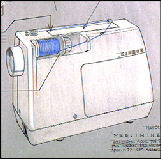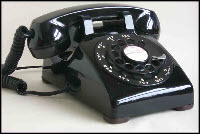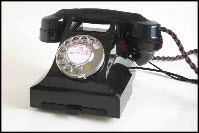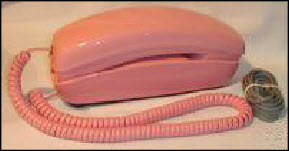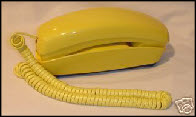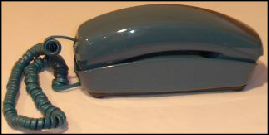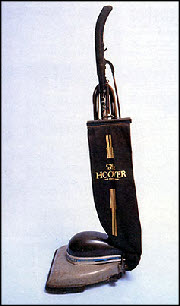12th November 2010














v37
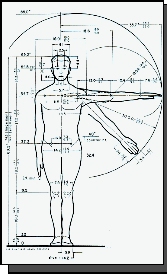
Dreyfuss is associated with designs that are based on extensive research into the human form. His designs for the SX70 Polaroid camera used plastic covered in leather to give a quality feel but depended on chromium plating to give the camera rigidity. This design was done for the first colour-Polaroid camera.
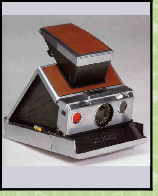
Henry Dreyfuss was one of the pioneer designers of that time in the 1920s when ‘Industrial Design’ become a recognised philosophy in the United States. Designers were akin to movie stars in the way their reputations grew and companies found
the influence of designs that came from their design studios reaped the rewards of recognition and sales. Dreyfuss was apprentice to Norman Bel Geddes in 1924 and had opened his own design studios by 1929. He had worked on 250 stage sets with Bel Geddes in those 5 years. One of Dreyfuss’ most recognised designs must be that of the telephone produced for Bell laboratories in 1929 that incorporated receiver and
microphone within the same moulded plastic handset - an innovation for the time - and a design that heralded the way the phones of today would move in design terms and at the time won an award as the “phone of the future”. This was superceded in 1949 with yet another Bell phone design that remained in use for the next 50 years. Designing everything from vacuum cleaners to railway engines and keeping a retainer from Hoover in 1934 worth $25,000 a year - an impressive amount equivalent to £ 275,000 per year ( approaching around $ 500,000 ) today.
Much of the science of anthropometrics - so used in product designs of today - are based on the ‘Measure of Man’ philosophy of Dreyfuss’s 1960 concept.
Much of the science of anthropometrics -
1930s - Bell 300 series
1965 Trimline phone
1934 Hoover 150 series

~ Design & Technology ~
Designers and Designing
Designers and Designing





